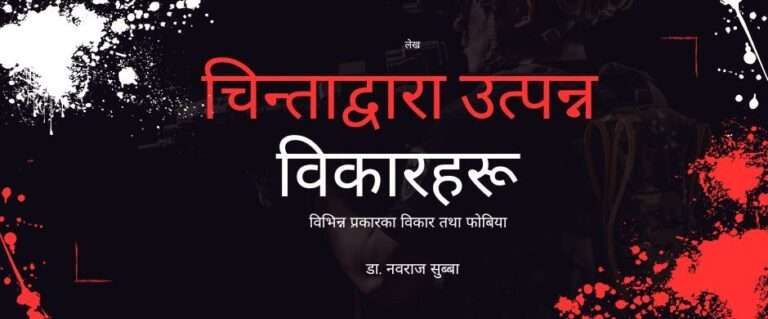Tungdunge Mundhum Establishes a Link Between the Sen and the Samba Dynasties
Dr. Nawa Raj Subba
IAR Journal of Humanities and Social Science | IAR J Huma Soc Sci; 2022; 3(1): | Volume: 3 Issue: 1 ( Jan. 20, 2022 ) : 1-10
Abstract: Mundhum is knowledge. Kirat’s Mundhum is comparable to the Hindu Vedas. Some even consider it folklore. The culture of Kirat was formed by combining Mundhum’s wisdom and philosophy with faith. Tungdunge Mundhum is the story of Kirat Samba’s ancestral relationship, empowerment, and travel details. Tungdunge used to be their ancestral deity to be worshipped every three years. Kirat Limbu is an indigenous group living in Eastern Nepal, India, Bhutan, and abroad. Different surnames identify them, and one of them is Samba Phyang. The study attempted to examine facts to connect the epic and genealogy. This research investigated the historical, archaeological, and biological context. King Kokaha-Baraha used to be considered a god in history and genealogy. Tungdunge was the youngest son of King Kokaha-Baraha in Koshi Baraha region. He belonged to the Sen dynasty. His journey described in the myth began from Koshi-Baraha to the Mewa Khola in the 17th century. In the Socio-biological approach, the gene directs the path to kinship. He had travelled to Mewa Khola searching for his brother, and Samba welcomed him. This Mundhum attests to the Sen and Samba families’ ties. It was a historical case of Eastern Nepal similar to the socio-biological model explained. The Shreng and Samba lineages arose from the Sen dynasty, according to history and mundhum. As a result, the Sen dynasty is the forefather of Samba families, including Phyang.
DOI: 10.47310/iarjhss.2022.v03i01.001 pdf


